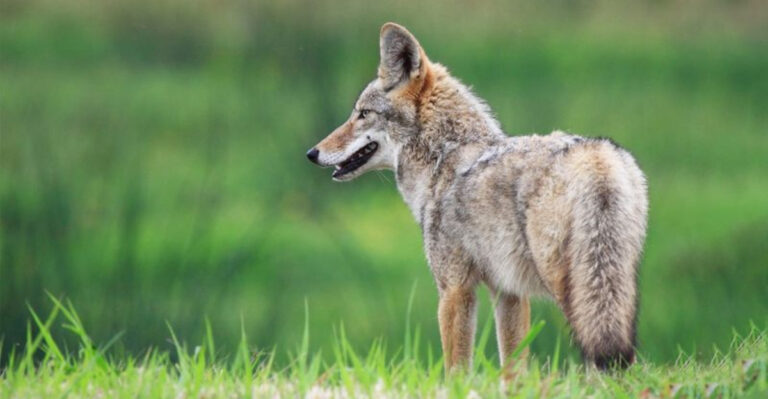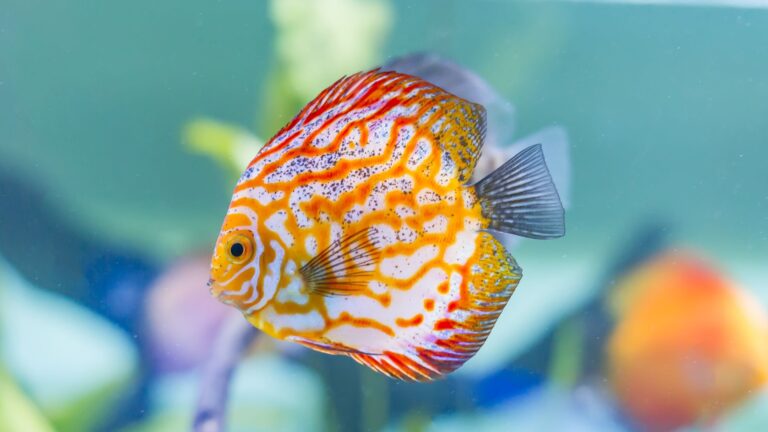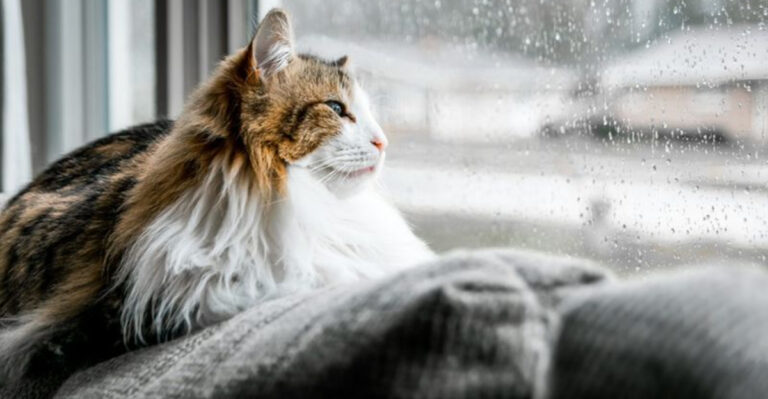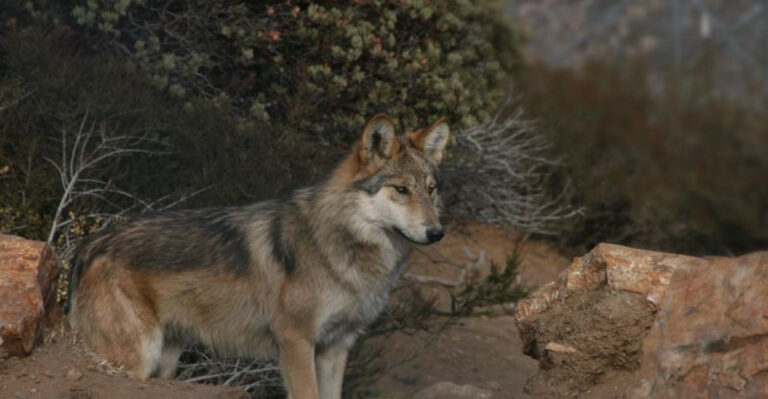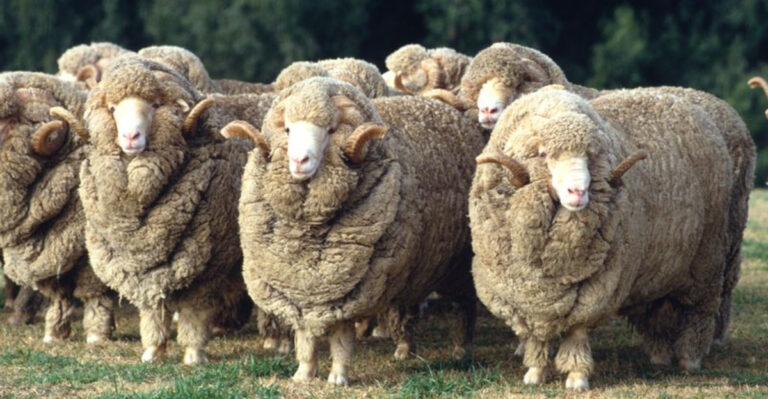11 Tiniest Insects In The World
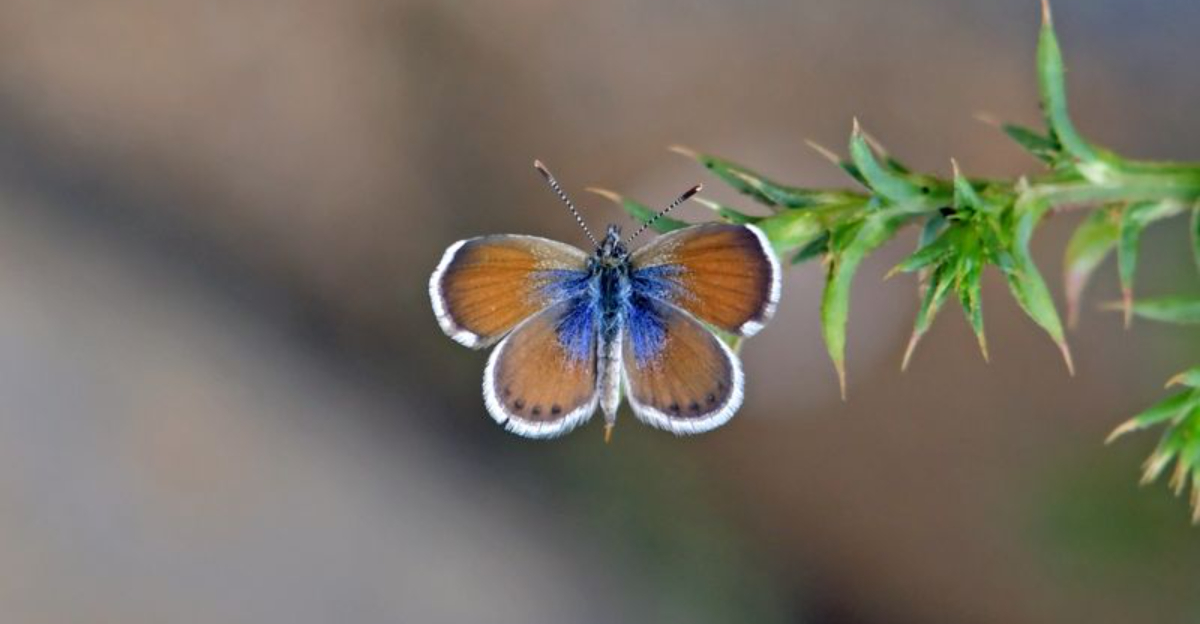
In the vast and diverse world of insects, some species stand out not for their bright colors or intricate patterns, but for their incredibly small size.
These tiny creatures often go unnoticed, yet they play significant roles in their ecosystems, from pollinating plants to breaking down organic matter.
This list explores the world of the tiniest insects, showcasing 11 species that redefine the limits of smallness in the insect kingdom. Each section provides a detailed look at these miniature marvels, highlighting their unique characteristics and contributions to the environment.
1. Fairyfly
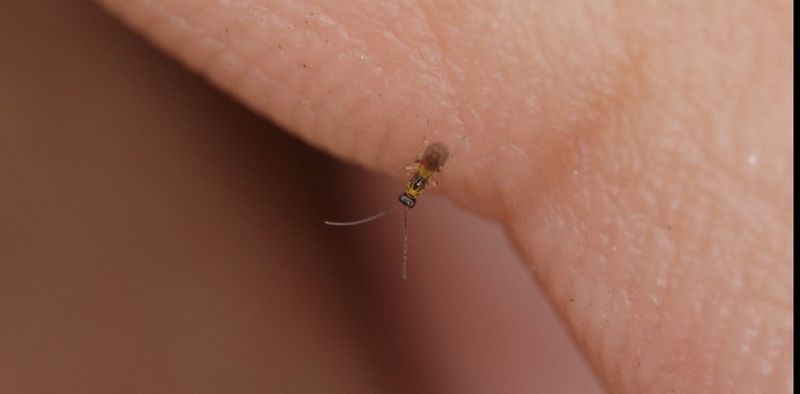
Despite their name suggesting a fairy-like appearance, fairyflies are incredibly small wasps, measuring only about 0.5 mm in length. These minute insects are often found near water as they are parasitic, laying their eggs inside the eggs of other insects. Their size is their most distinguishing feature, making them almost invisible to the naked eye.
Fairyflies play a crucial role in controlling pest populations, as they target the eggs of harmful insects. This natural pest control makes them invaluable to farmers and gardeners. Despite their small size, they have a significant impact on agriculture.
Observing these creatures can be a challenge due to their size, but under a microscope, their delicate wings and body structure reveal the complexity of these diminutive wasps. They serve as a reminder of the intricate and often unseen workings of nature.
2. Western Pygmy Blue Butterfly
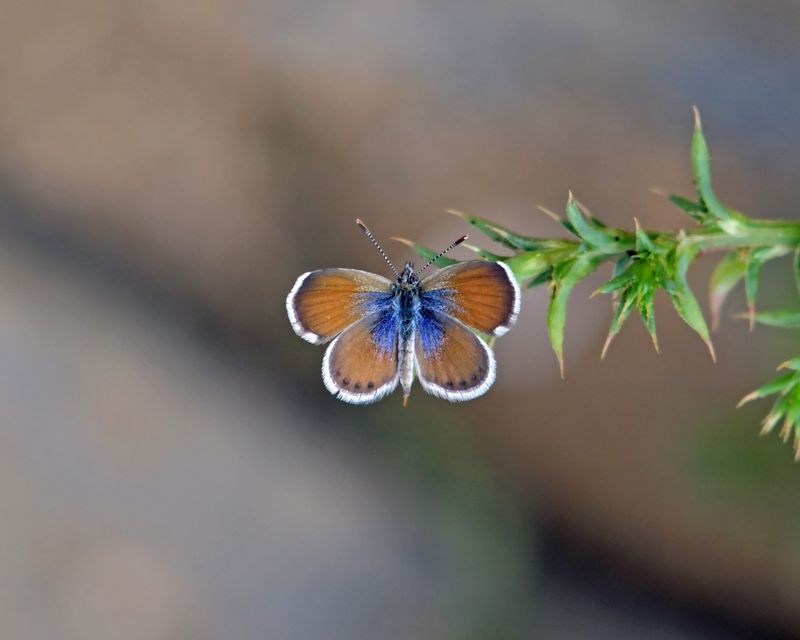
As one of the smallest butterflies in the world, the Western Pygmy Blue Butterfly boasts a wingspan of merely 12 to 20 mm. This tiny lepidopteran is native to the arid regions of North America, where its subtle hues blend seamlessly with its surroundings.
Despite its size, this butterfly is a resilient survivor, thriving in harsh desert climates. It feeds on the nectar of small flowers, contributing to the pollination of desert plants. The Western Pygmy Blue’s adaptability is a testament to the versatility of insects in diverse environments.
Spotting them can be a delightful surprise for nature enthusiasts, as their small size often makes them difficult to notice. Yet, when seen closely, their delicate patterns and colors are truly captivating, offering a glimpse into the beauty and resilience of the insect world.
3. Tinkerbella Nana
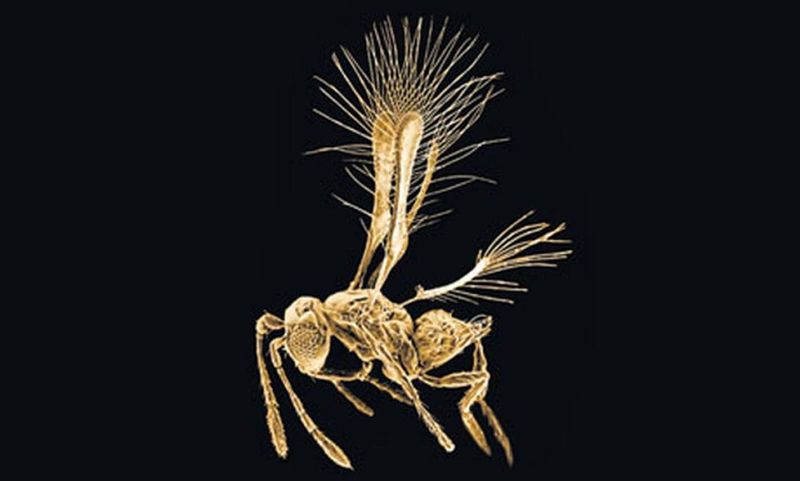
Tinkerbella Nana, named whimsically after Peter Pan’s fairy friend, is one of the smallest insects known to science, measuring around 0.25 mm. Discovered in Costa Rica’s dense rainforests, this species belongs to the fairyfly family, known for their parasitic lifestyle.
Their minute size allows them to inhabit niches and lay eggs in environments that are inaccessible to larger insects. As parasitoids, they play a role in controlling other insect populations, thus maintaining ecological balance.
These miniature insects demonstrate the incredible diversity and adaptability of life forms in tropical ecosystems. Tinkerbella Nana’s presence in the rainforest underscores the importance of preserving such habitats, as they host countless yet-to-be-discovered species essential to biodiversity.
4. Bumblebee Bat
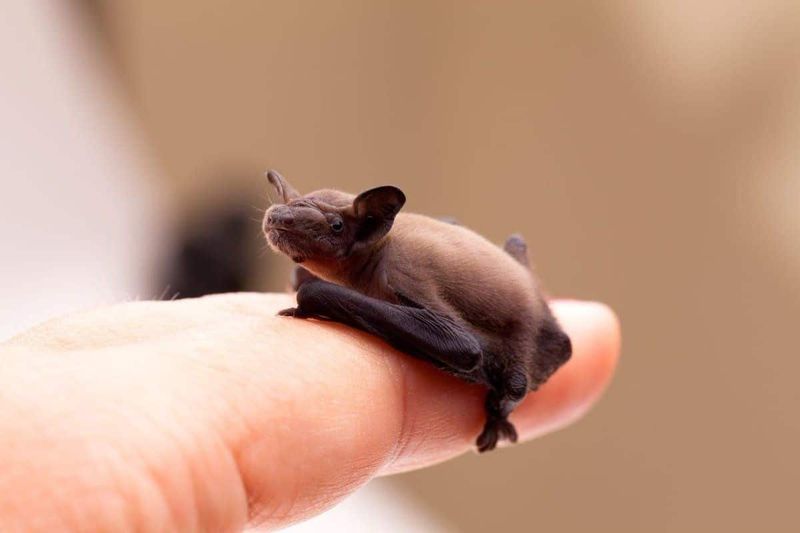
While not an insect, the Bumblebee Bat is often included in discussions of the world’s smallest creatures due to its comparable size. It is the smallest mammal, weighing about 2 grams and measuring about 29 to 33 mm in length.
Found in limestone caves of Thailand and Myanmar, this tiny bat plays a significant role in its ecosystem by aiding in pollination and controlling insect populations. Its small stature allows it to navigate through narrow cave crevices with ease.
The Bumblebee Bat’s existence highlights the incredible adaptations of small animals and their importance in maintaining ecological balance. Conservation efforts are crucial for this and many other small species that face habitat loss and other environmental threats.
5. Patu Digua Spider
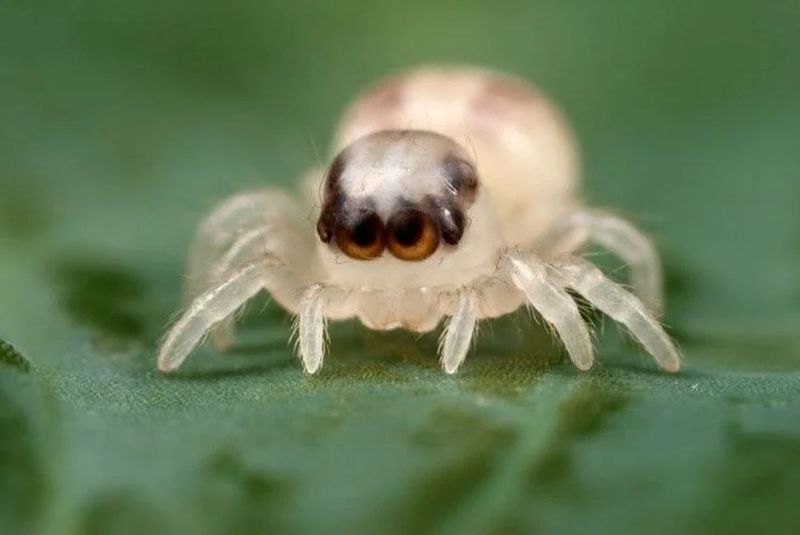
Although spiders aren’t insects, the Patu Digua Spider earns its place in the tiny creatures’ ranks with its diminutive size of about 0.37 mm. Native to Colombia, this spider challenges our perceptions of arachnid size and habits.
Its tiny frame allows it to explore and exploit microhabitats that remain inaccessible to larger predators and competitors. Little is known about its diet and behaviors due to its size, but it’s presumed to feed on even smaller invertebrates.
The Patu Digua Spider emphasizes the vast diversity within the arachnid world and the need for continued research to understand these minute creatures better. Protecting their habitats is crucial for their survival and the overall health of their ecosystems.
6. Scarlet Dwarf Dragonfly
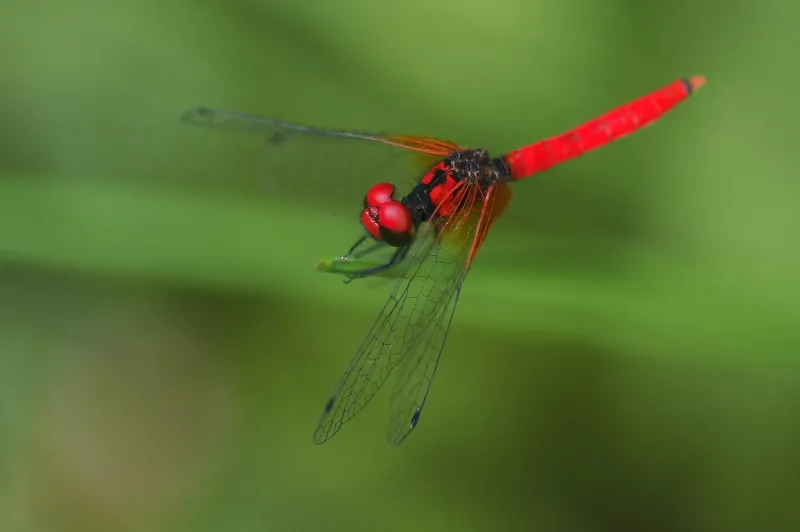
The Scarlet Dwarf Dragonfly, also known as Nannophya pygmaea, is celebrated as the smallest dragonfly species, with a wingspan of approximately 20 mm. This vibrant insect is native to Asia and Australia, often found near ponds and marshes.
Despite its size, the Scarlet Dwarf is a proficient hunter, preying on even smaller insects. Its bright red coloration serves as both a warning to predators and a lure to potential mates, showcasing the role of color in animal behavior.
The diminutive stature of the Scarlet Dwarf Dragonfly allows it to maneuver through its aquatic habitat with agility, highlighting the advantages of being small in a competitive environment. Its presence is a testament to the intricate web of life in wetland ecosystems.
7. Minute Pirate Bug
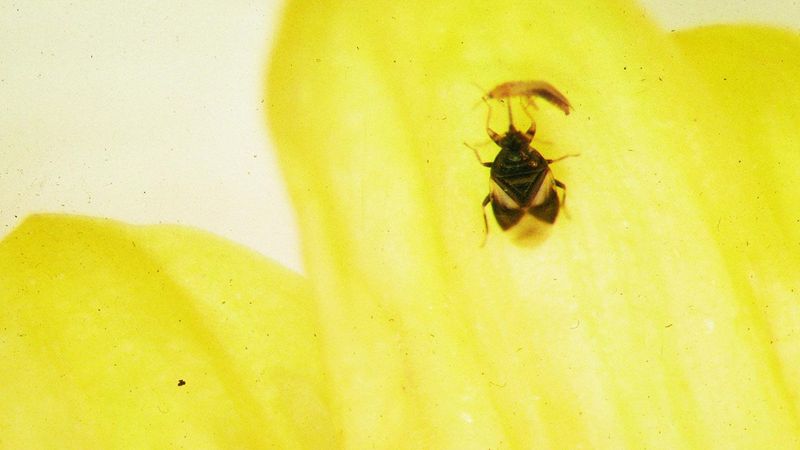
Minute Pirate Bugs are tiny predators, measuring around 2 mm in length, known for their crucial role in agriculture. These bugs are beneficial as they feed on pests like aphids and thrips, helping farmers maintain healthy crops.
Despite their size, Minute Pirate Bugs are effective hunters, using their piercing-sucking mouthparts to feed on prey. Their presence in fields and gardens is an indicator of a healthy ecosystem, balancing pest populations naturally.
Farmers value Minute Pirate Bugs not only for their pest control benefits but also for reducing the need for chemical pesticides. These tiny warriors of the insect world illustrate the complex interactions within ecosystems that help sustain agriculture and biodiversity.
8. Midget Moths
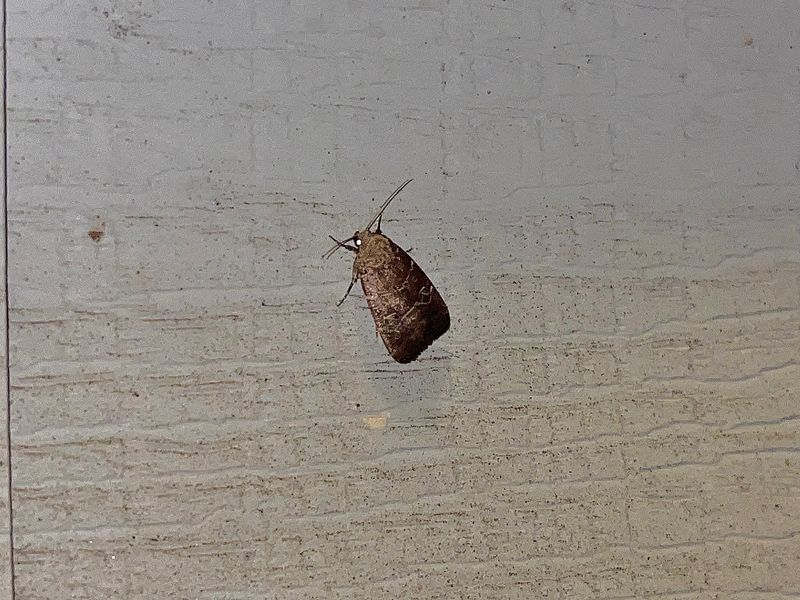
Midget Moths, part of the family Nepticulidae, are among the smallest moths, with a wingspan of just 3 mm. Their larvae are known as leaf miners, burrowing into leaves to feed, which is essential in nutrient cycling within ecosystems.
These tiny moths are found in various habitats, from forests to grasslands, indicating their adaptability. Their life cycle, from egg to adult, involves transformations that are critical for their survival and dispersal.
The presence of Midget Moths in an ecosystem signifies a balanced environment, where plant and insect interactions are sustained. They offer a glimpse into the intricacies of ecological processes and the importance of small creatures in maintaining ecological health.
9. Kikiki Huna
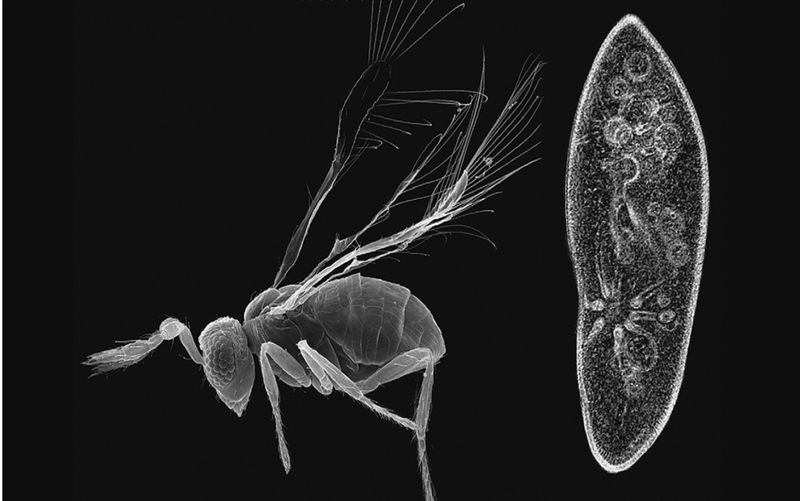
Kikiki Huna, a species of fairyfly, is renowned as one of the tiniest flying insects, measuring around 0.15 mm. Found in Hawaii, this insect’s minute size allows it to exploit ecological niches inaccessible to larger creatures.
As a parasitoid, Kikiki Huna contributes to the natural control of other insect populations, showcasing the delicate balance of predator-prey interactions. Their size illustrates the vast range of adaptations insects have evolved to survive.
The discovery and study of Kikiki Huna highlight the diversity found within ecosystems and the need for ongoing research to uncover the roles of such minute species. They remind us of the unseen wonders in natural habitats.
10. Speckled Green Fruitworm Moth
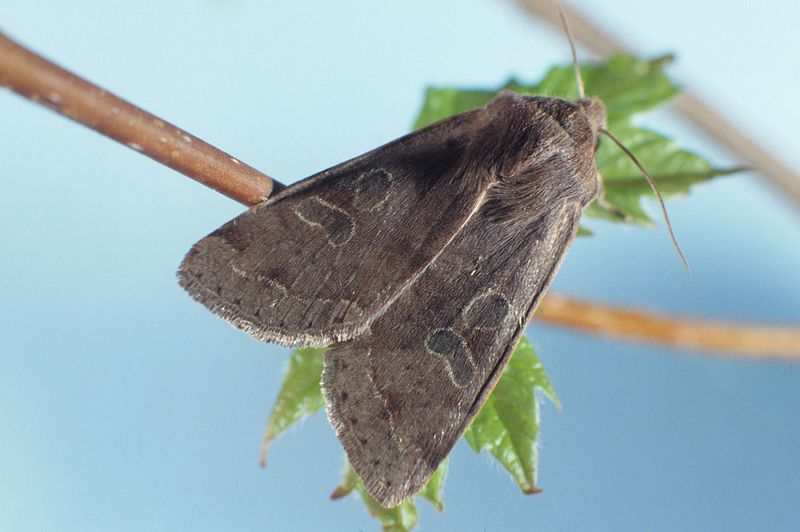
The Speckled Green Fruitworm Moth, though not the smallest moth, has larvae that are significantly tiny, which play a role in the food web as prey for other insects and birds. The adult moth displays a speckled green pattern that camouflages it among leaves.
These moths are found in deciduous forests, where they contribute to the biodiversity. Their life cycle includes stages that are critical to their adaptation and survival in various climates.
Understanding the role of the Speckled Green Fruitworm Moth in its habitat helps in appreciating the balance of predator-prey dynamics and the overall health of ecosystems. They highlight the interconnectedness of species in nature.
11. Featherwing Beetle
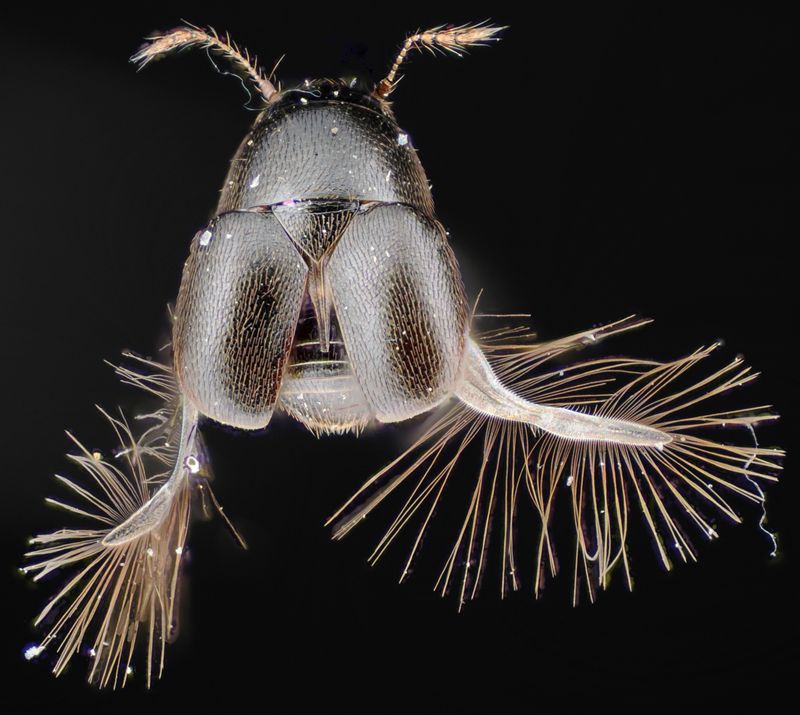
Featherwing Beetles, belonging to the family Ptiliidae, are among the smallest beetles, measuring about 0.25 mm in length. Their unique feather-like wings allow them to disperse efficiently in their habitats, from leaf litter to decaying wood.
These beetles play a role in decomposing organic matter, thus contributing to nutrient cycling within ecosystems. Their small size enables them to exploit resources unavailable to larger organisms.
The presence of Featherwing Beetles is often a sign of a healthy ecosystem, where decomposition and nutrient recycling are ongoing. They demonstrate the significance of even the tiniest organisms in maintaining ecological balance and the health of their environments.

